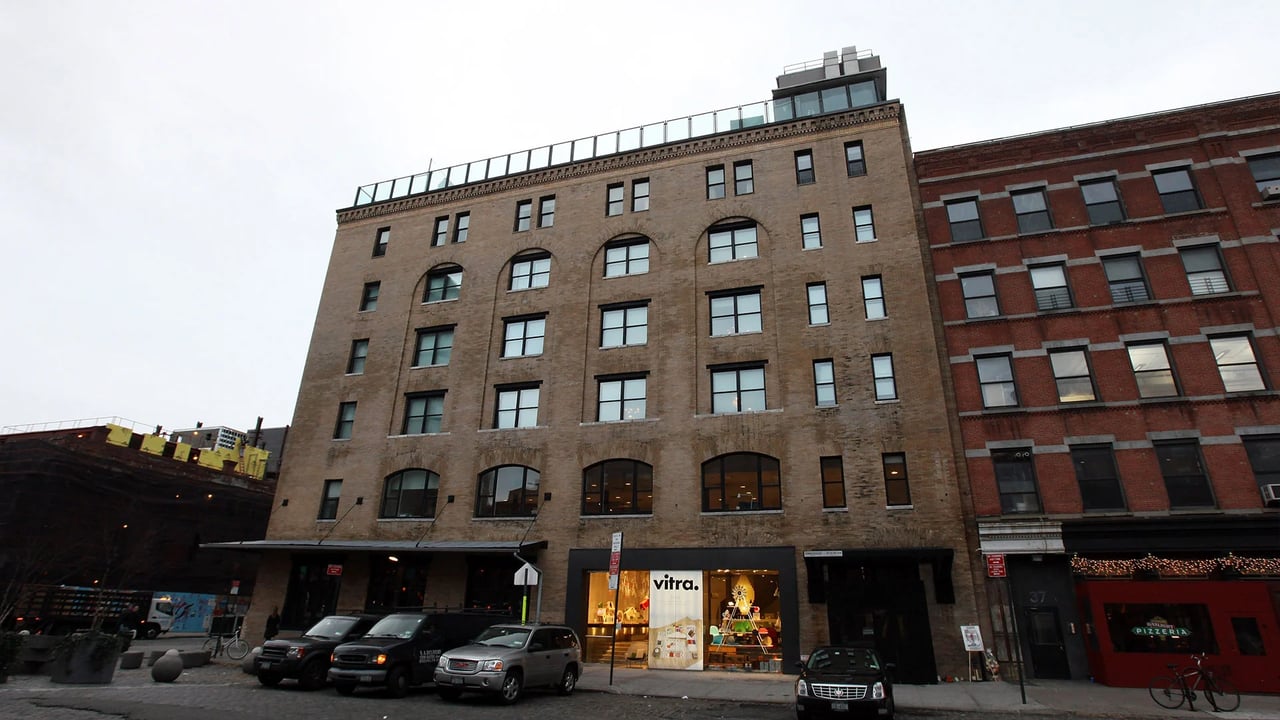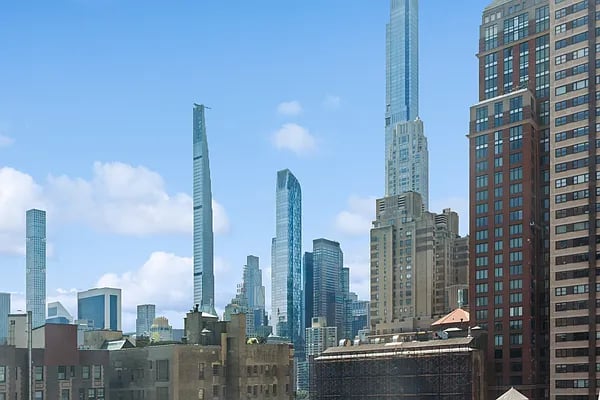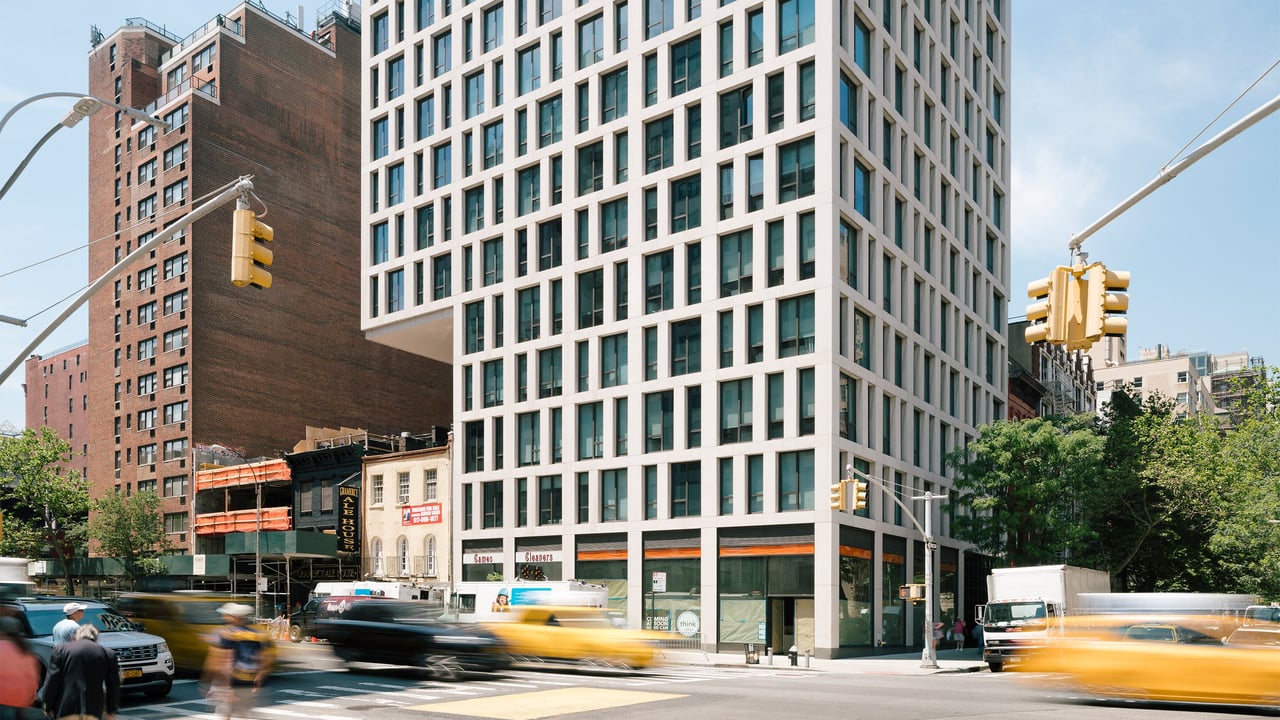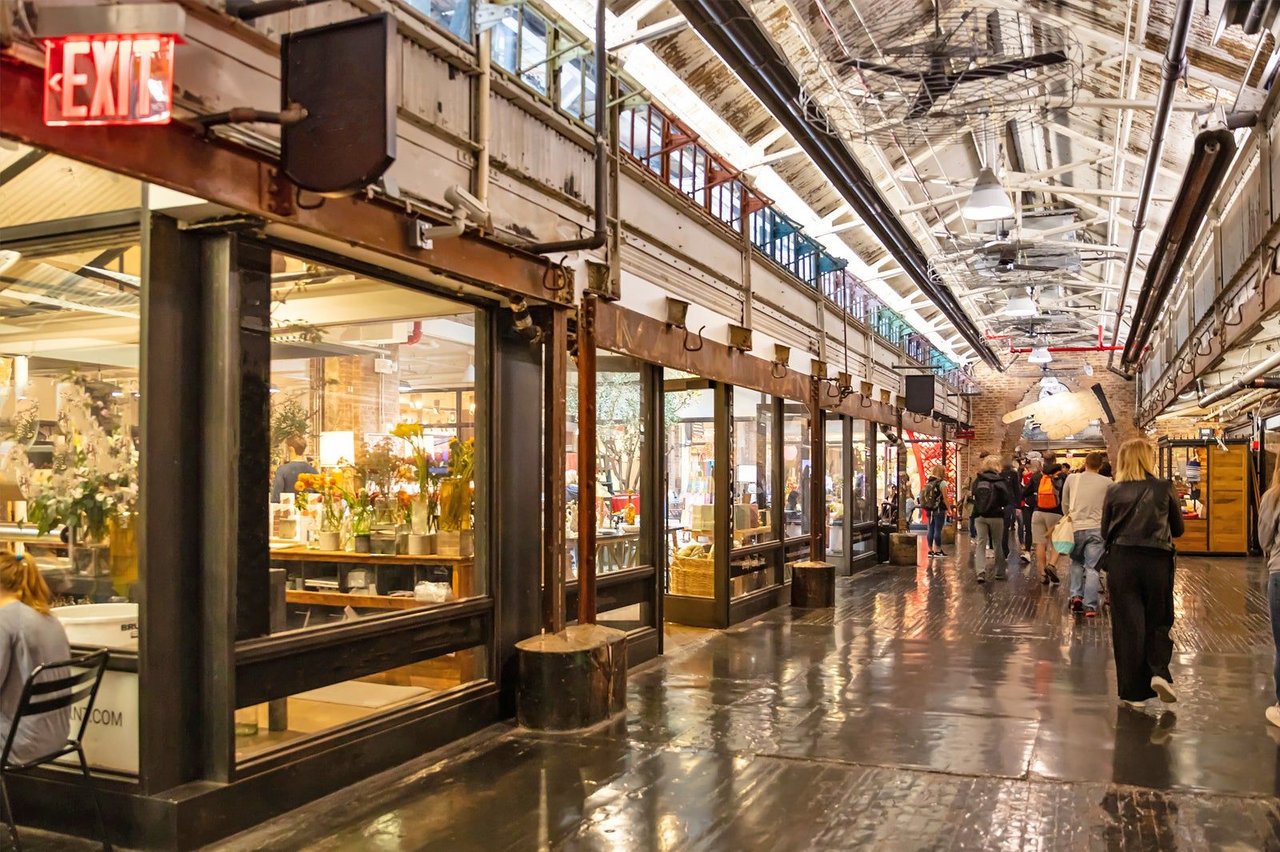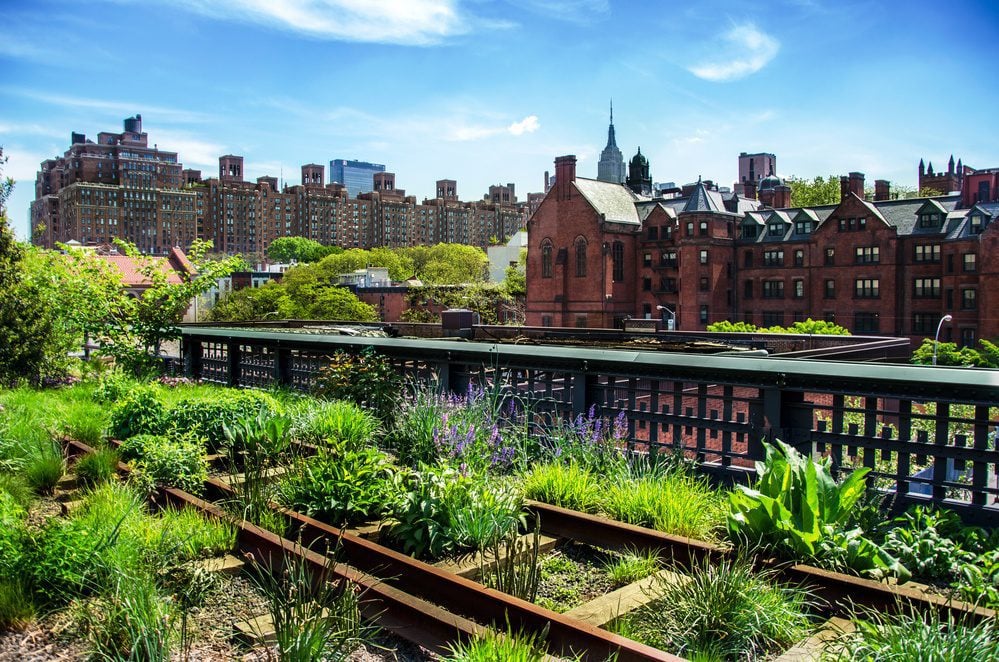As someone who lived in SoHo for more than a decade, I’ve had a front-row seat to one of Manhattan’s most iconic real estate transformations. I’ve watched it change from a creative hub to a magnet for global wealth, luxury brands, and design-forward loft living. And as we move deeper into 2025, a familiar question is resurfacing among savvy real estate investors: is SoHo still a smart place to put your money?
There’s no easy yes or no. The market has changed. Buyer behavior is evolving. Inventory trends are tightening. But that doesn’t mean SoHo has lost its luster. It just means the investment strategy needs to be sharper, more informed, and more intentional.
This guide unpacks the SoHo market with insider insights on rental trends, appreciation patterns, smart acquisition criteria, and practical exit strategies. Whether you're buying to hold, flip, or rent, this article offers the critical context you need.
The Evolution of SoHo Real Estate
SoHo’s transformation over the last 50 years is one of New York’s most fascinating stories. Once filled with abandoned factories and illegal artist lofts, it gradually became a haven for galleries, bohemian living, and cultural experimentation. Then came the fashion brands, luxury stores, and tourists. Eventually, it became a destination for high-net-worth individuals and international investors seeking authentic, stylish urban properties.
Back in 2015, SoHo had roughly 250 residential transactions per year. In 2025, we’re seeing fewer than half that. But that reduction in volume doesn’t indicate falling interest. Rather, it’s a product of constrained supply and extremely high barriers to entry. Many buildings are co-ops with strict ownership rules. New construction is rare. And demand still outpaces what’s available.
While artists and first-time buyers no longer dominate SoHo’s residential market, it remains a high-performing, deeply desirable place to live and invest—provided you understand how it works today.
Rental Demand in 2025: High Ceilings, High Yields
Even as parts of Manhattan experience rental slowdowns or concessions, SoHo has retained its status as a premium rental destination. That’s due to a combination of aesthetics, location, and tenant profile.
SoHo is home to some of the most distinctive rentals in the city. High ceilings, cast-iron architecture, oversized windows, and historical detailing make these properties highly sought after by discerning renters. And despite broader economic fluctuations, the rental pipeline remains strong.
The Hybrid Executive Tenant
Today’s most common SoHo renters aren’t traditional families. They are executives, creatives, and high-earning remote workers who split time between cities and prioritize living in a stylish, well-located environment.
Many are relocating from San Francisco, Los Angeles, London, or Dubai. They value charm, walkability, and culture. SoHo offers proximity to both Midtown and Downtown, which makes it ideal for hybrid workers with occasional in-office responsibilities.
These tenants are typically:
-
Working in media, tech, or design
-
Traveling often and renting furnished units
-
Seeking buildings with privacy, security, and aesthetic appeal
They are also willing to pay a premium for quality.
The Numbers Behind the Demand
Here’s a snapshot of SoHo’s rental performance versus Manhattan as a whole in 2025:
|
Metric |
SoHo (2025) |
Manhattan Overall (2025) |
|---|---|---|
|
Average 2BR Rent |
$9,800/month |
$5,900/month |
|
Average Days on Market |
18 |
36 |
|
Vacancy Rate |
1.2% |
2.9% |
|
Furnished Rental Premium |
+18% |
+10% |
|
Prepaid International Leases |
Common |
Occasional |
Demand is robust for 2- and 3-bedroom lofts with corner exposure, historic details, and private elevators. Even in an era of high rents and stricter tenant screening, SoHo continues to outperform.
Furnished and Flexible Leasing
Short-term and mid-term furnished rentals are increasingly popular among SoHo owners. High-quality furnishings and design-driven interiors allow for rental premiums of 15 to 20 percent compared to unfurnished leases.
A recent example includes a 1,450 square foot 2-bedroom on Wooster Street, which rented at $12,400 per month, fully furnished. Its unfurnished counterpart down the block leased at $9,950.
The opportunity for rental yield is real, but only when executed with taste and attention to detail.
Is There Still Room for Appreciation?
SoHo’s days of rapid year-over-year price growth are behind it. But that doesn’t mean appreciation has stalled. Instead, it’s become more selective and more tied to quality, character, and uniqueness.
Inventory Is Down, but Rarity Drives Value
Most SoHo buyers today aren’t comparing 50 listings. They might be choosing between 3 or 4 serious contenders. Inventory is incredibly tight, particularly among high-floor lofts and boutique buildings with low carrying costs.
Here’s a snapshot of SoHo property pricing in 2025:
|
Property Type |
PPSF Range |
Appreciation Trend (3 years) |
|---|---|---|
|
Renovated Loft Condo |
$2,200 – $2,800 |
+3.5% |
|
Unrenovated Loft |
$1,600 – $2,100 |
-1.2% |
|
New Boutique Development |
$3,200 – $4,000 |
+4.1% |
|
Traditional Co-op |
$1,300 – $1,700 |
Flat to -1% |
The lesson here is clear: the quality of the asset matters more than ever. Investors can no longer expect the entire market to rise uniformly. You must choose properties that stand out in structure, story, and finish.
Global Capital Is Quietly Returning
International investment dried up during the pandemic, but 2025 has brought back interest from buyers in London, the Gulf, and Asia. These buyers are often shopping in the $3 million to $7 million range and paying all cash.
They prefer:
-
Top-floor units with outdoor space
-
Properties with strong architectural value
-
Buildings with limited units and high security
They are less sensitive to short-term cash flow and more focused on long-term preservation of capital.
Smart Exit Strategies for Today’s SoHo Investor
Knowing your exit is as important as choosing your entry. Whether you’re buying a unit to rent for five years or planning a value-add renovation, your strategy must match today’s market conditions.
Buy and Hold for Income
This remains the most popular and arguably most stable strategy for SoHo investors.
Pros:
-
Strong, consistent rent yields
-
Property value appreciation over time
-
Tax advantages through depreciation
Cons:
-
Requires capital for ongoing maintenance
-
Cash flow may fluctuate with vacancy and repairs
-
NYC rent regulations may limit flexibility over time
This approach works best for investors with a long horizon and low leverage.
Renovate and Flip Selectively
Flipping in SoHo requires precision. Done right, it can be highly profitable. Done wrong, it can sink fast.
Best candidates for flipping:
-
Unrenovated units with flexible floor plans
-
Lofts with natural light, high ceilings, and layout potential
-
Units priced 15–20 percent below the neighborhood median
Be prepared for longer timelines due to permits, approvals, and supply chain delays. However, lofts with modernized kitchens, reclaimed materials, and thoughtfully restored details can command a premium.
Strategic Co-op Entry and Conversion
Some investors are entering under-managed or underpriced co-op buildings with the intent to upgrade the units and building image gradually. Others seek to convert small co-ops into condo-style governance, though this is complex and rare.
This strategy is for sophisticated investors with patience and long-term capital.
Short-Term Rentals: Proceed with Caution
Local Law 18 has made traditional Airbnb-style rentals in SoHo virtually impossible unless the building is hotel-zoned. However, 30-day or longer furnished leases remain legal and profitable when handled correctly.
Avoid buildings with strict rental restrictions or unclear legal history.
Where to Buy in SoHo Right Now
Not all of SoHo performs the same. Subzones within the neighborhood offer different risks and rewards depending on your strategy.
|
Subzone |
Why Buy Here |
Caution Points |
|---|---|---|
|
Crosby / Greene |
High-end lofts with privacy and prestige |
High entry costs |
|
Wooster / Mercer |
Good rental demand, historic stock |
Some buildings are over-regulated |
|
East SoHo |
Rezoning upside, undervalued PPSF |
Mixed-use blocks and ongoing construction |
|
Prince / Spring |
Tourism and visibility |
Can be noisy and retail-heavy |
|
West Broadway |
Boutique new developments |
Higher prices and competition |
Investors looking for flexibility should consider buildings with lower carrying costs, fewer restrictions, and the potential to reposition units through light renovation.
What to Avoid in 2025
In a high-stakes market like SoHo, buying the wrong property can limit your upside or even become a liability.
Avoid the following pitfalls:
-
First-floor units with poor light and no outdoor space
-
Over-renovated units lacking authentic loft character
-
Buildings with litigation or unclear financials
-
High common charges without strong services
-
Co-ops with rigid rules and weak board governance
Due diligence is key. Always investigate a building’s financials, resale history, and long-term upkeep strategy before making an offer.
What Comes Next and How to Move
The SoHo market will continue to be shaped by three core dynamics:
-
Limited supply due to zoning and historic preservation
-
High global and domestic demand for prestige properties
-
A maturing buyer and tenant base that values authenticity
The next five years may not be as explosive as the previous decade, but select properties will outperform dramatically. Investors who bring strategic thinking and local insight into their acquisition process will see the greatest return.
Ready to Invest in SoHo? Let’s Decode the Market Together
SoHo is not a speculative market anymore. It’s a refined, highly competitive real estate environment where deep knowledge and local access are essential.
If you’re considering investing, upgrading your portfolio, or preparing to sell in the next 12 months, I offer bespoke consulting, property matchmaking, and off-market deal access. As a former SoHo resident and current market advisor, I help investors separate signal from noise and position themselves for meaningful returns.
Reach out for a private consultation or a curated list of active and upcoming listings.
Let’s find the right loft, at the right price, in the right building before someone else does.
